If you’re looking to get lost and be amazed by incredible beauty, we prepared some astonishing images of the planet Mars!
Because of it’s deep reddish glow, Mars is also known as the Red Planet. The ancient Romans admired the planet for its color and the Egyptians called her “desher”, or “the red one”.
The camera they use, that has photographed hundred of pictures of the surface of Mars and its area for 10 years, is called HiRISE. Because of how detailed the photos are, it seems as if the scientists are examining the surface from within a few feet. On one of the pictures, you can even see remains of the recent crash of Europe’s Schiaparelli Mars lander.
2,540 pictures were released in August, September and October. Here are some of them:
The black splotch is where the European Space Agency’s Schiaparelli Mars Lander crashed and the white specks pointed out with arrows are pieces of the lander
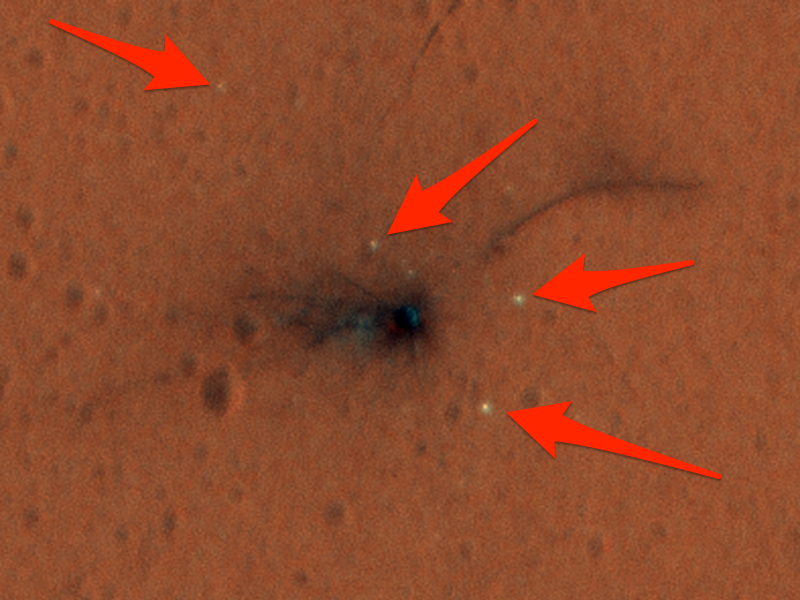
Image source: NASA
A crater on Arcadia Planitia, a large flat region of Mars
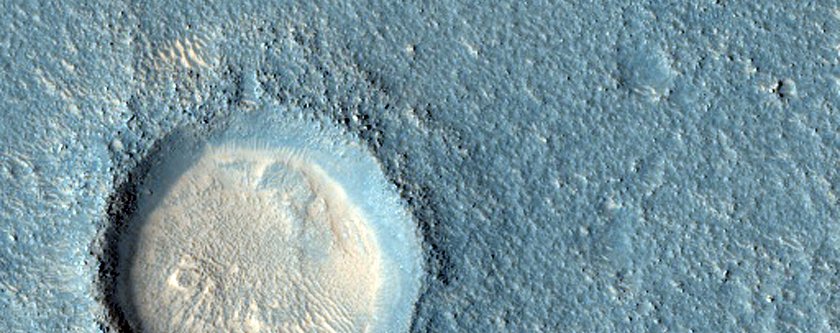
Image source: NASA
A large chasm
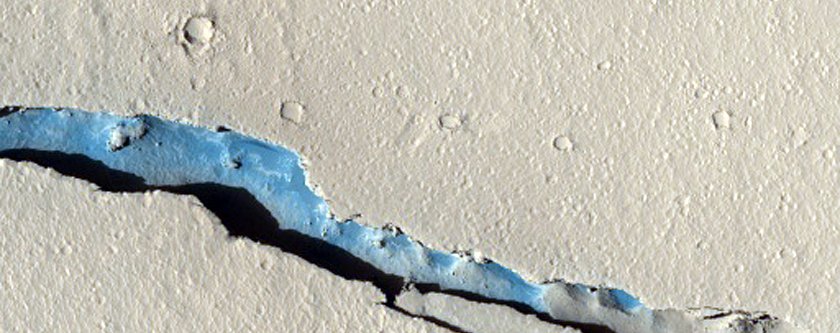
Image source: NASA
Ancient bedrock
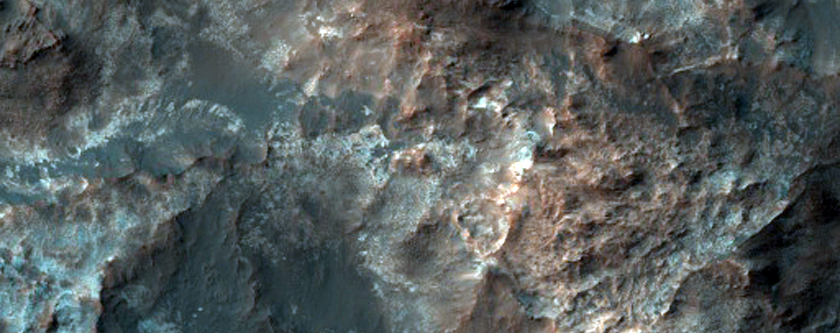
Image source: NASA
Possible landing site for the Mars 2020 mission
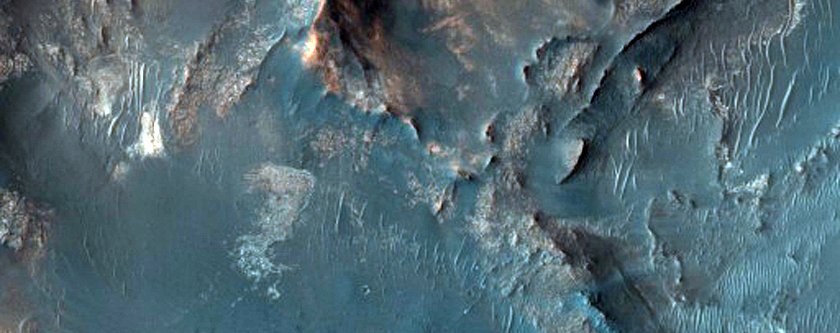
Image source: NASA
A rainbow colored sprinkling on a Martian slope
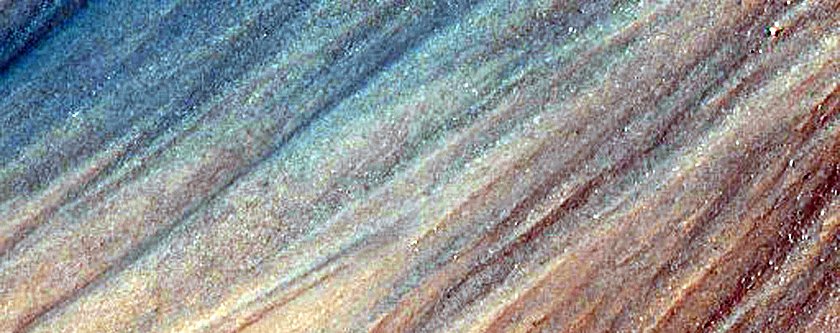
Image source: NASA
Crater near Hydaspis chaos
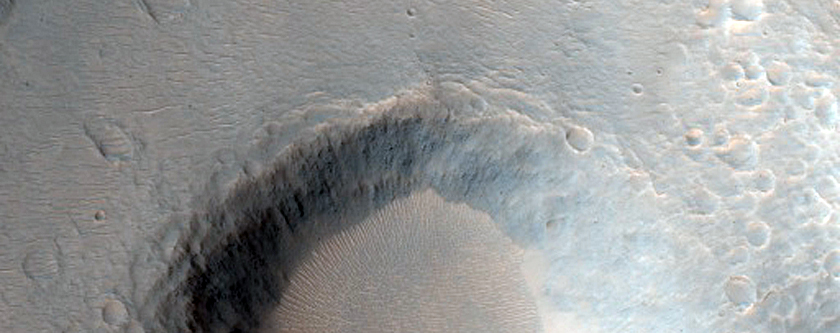
Image source: NASA
Central structure of impact crater
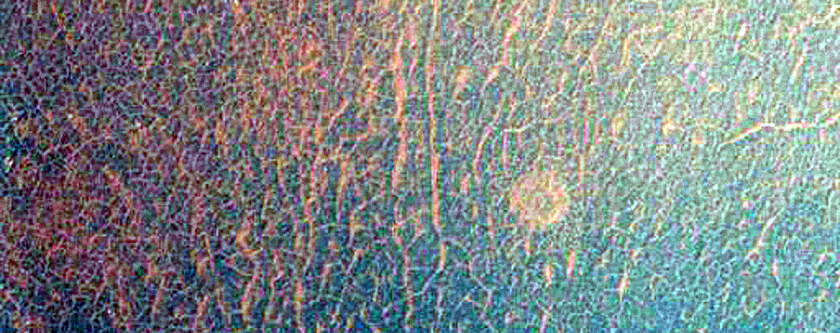
Image source: NASA
Caterpillar dune region
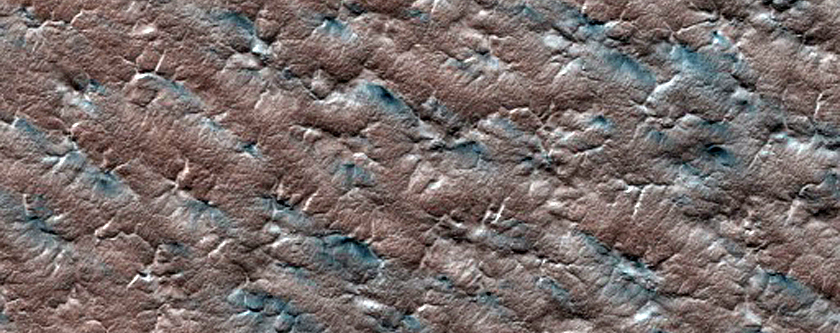
Image source: NASA
Candidate ExoMars landing site in Oxia Palus
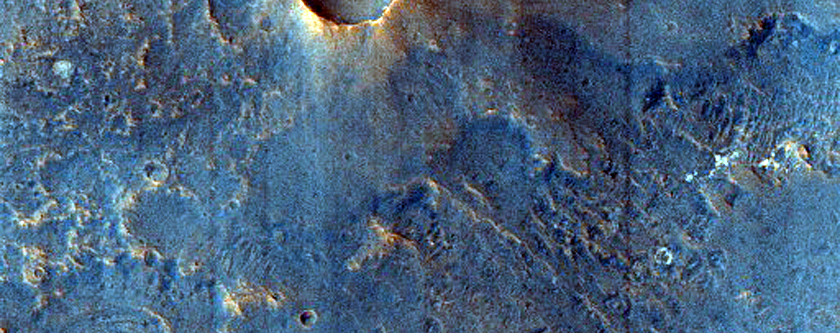
Image source: NASA
Aram chaos, heavily eroded impact crater on the planet Mars
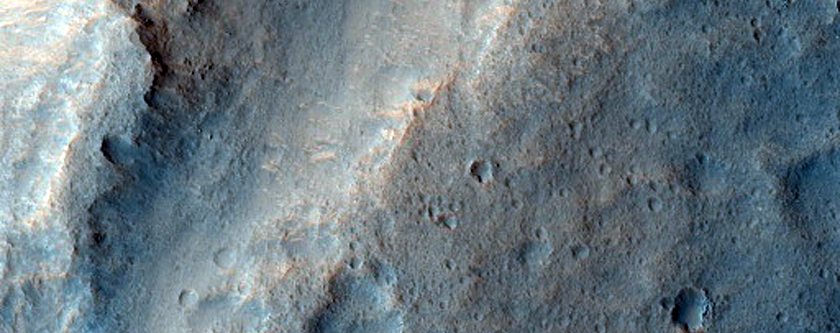
Image source: NASA
Crater with distinct infrared signature
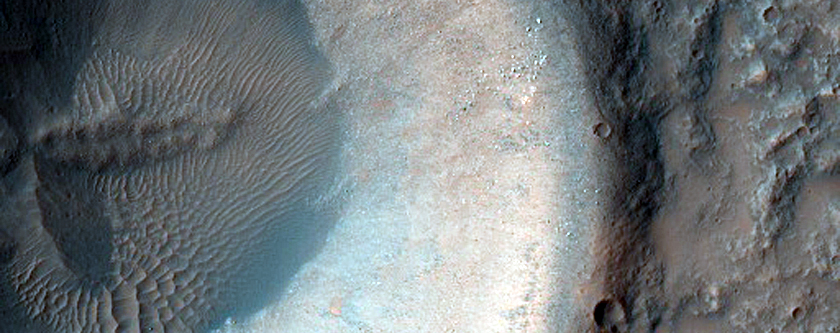
Image source: NASA
Crater with steep slopes
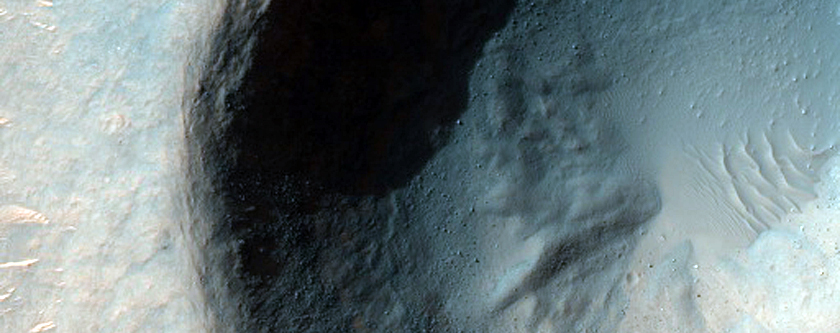
Image source: NASA
Dunes in a Martian crater. The red bar is an artifact of Nasas image processing
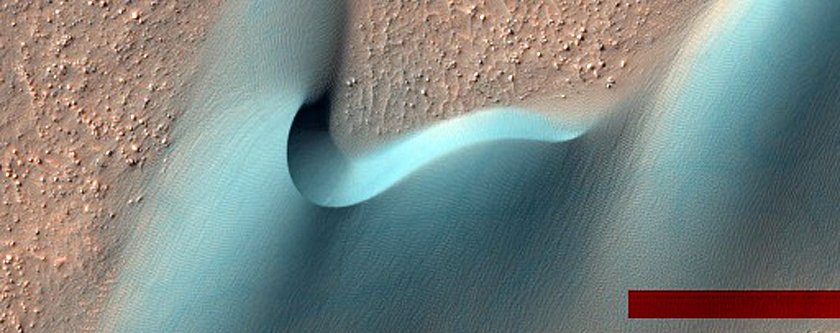
Image source: NASA
Dunes on crater floor
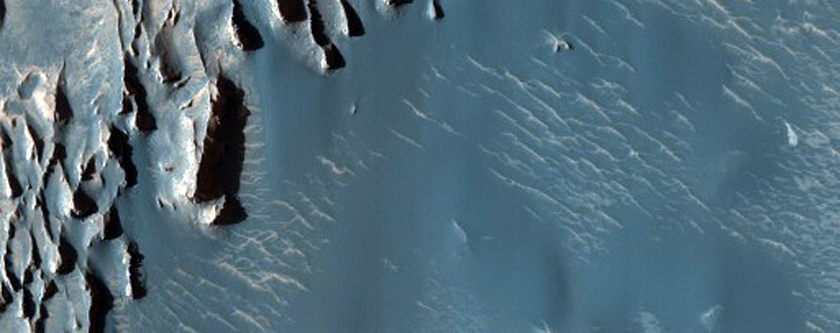
Image source: NASA
Eos chasma
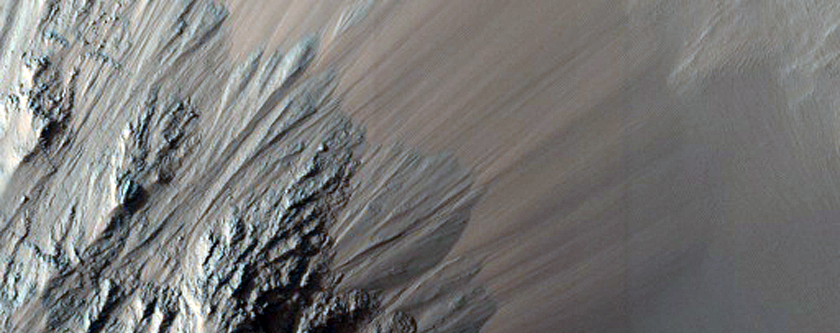
Image source: NASA
False colors assigned to certain minerals make Syria Planum an inky blue that’s speckled with gold
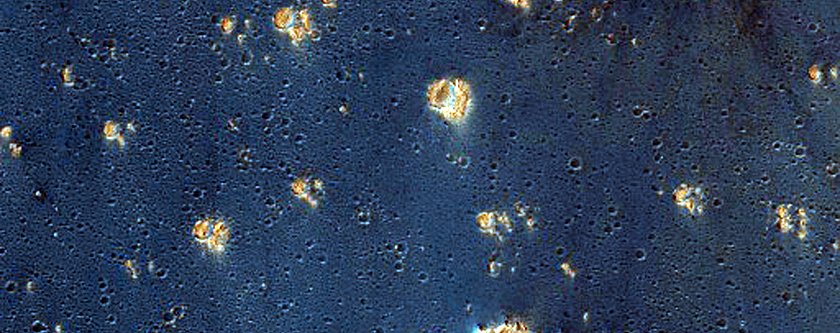
Image source: NASA
Floor of double crater
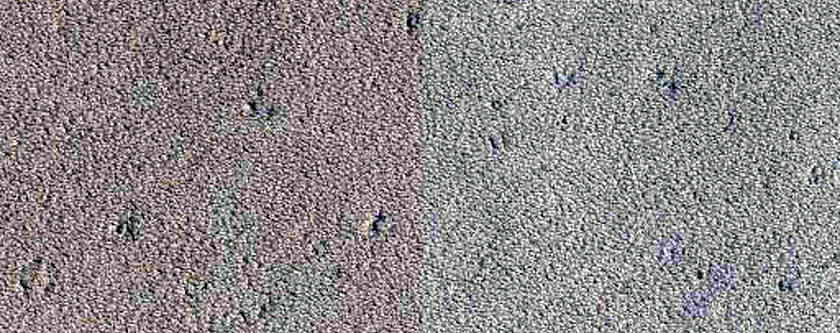
Image source: NASA
Layered deposit in Gale crater
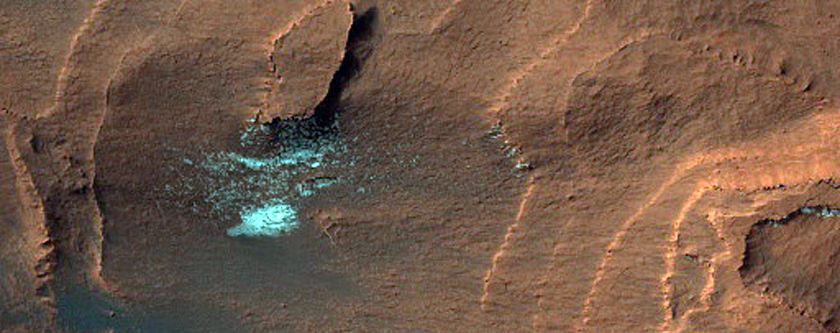
Image source: NASA
Mars in it’s two toned glory
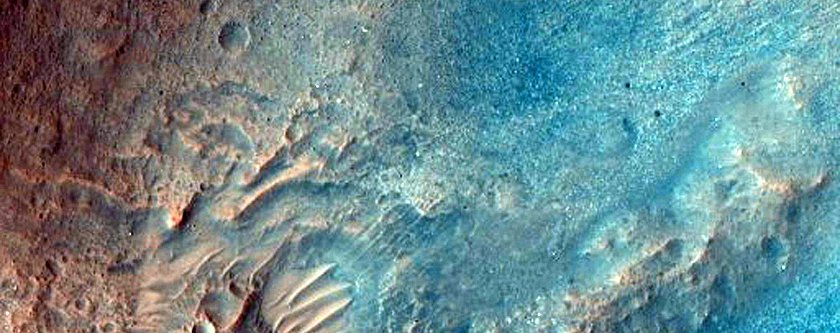
Image source: NASA
Mid latitude terrain
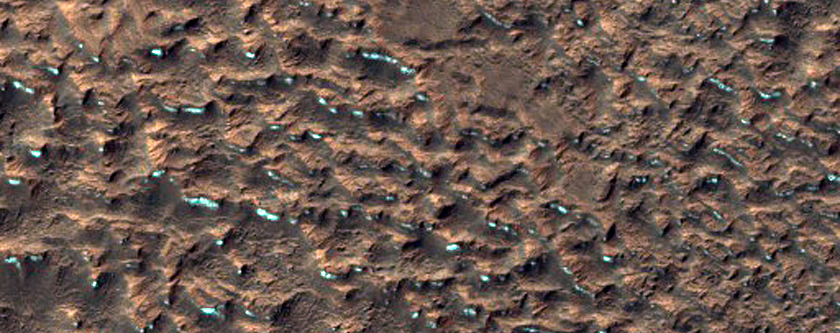
Image source: NASA
Monitoring sand movement
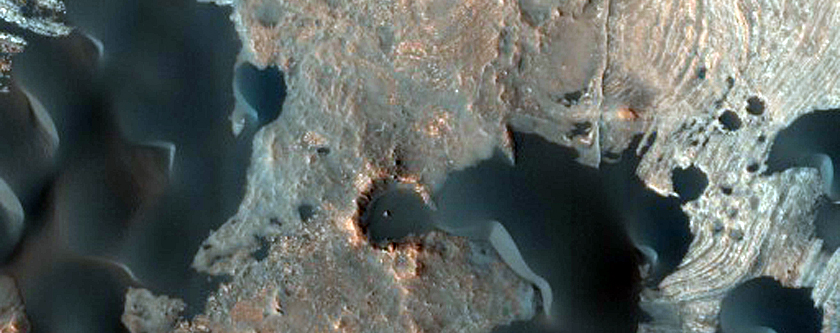
Image source: NASA
Another possible landing site for the 2020 mission
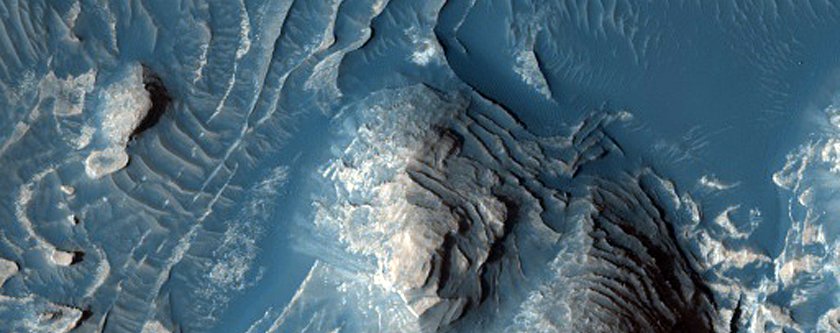
Image source: NASA
Painting with frost
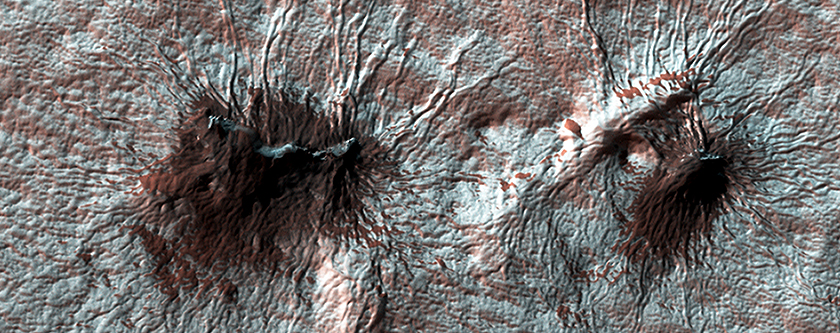
Image source: NASA
Potential lava flow
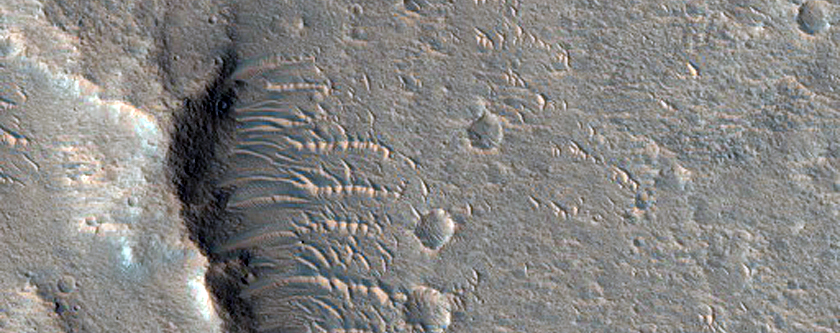
Image source: NASA
Rock with terrace and shadow
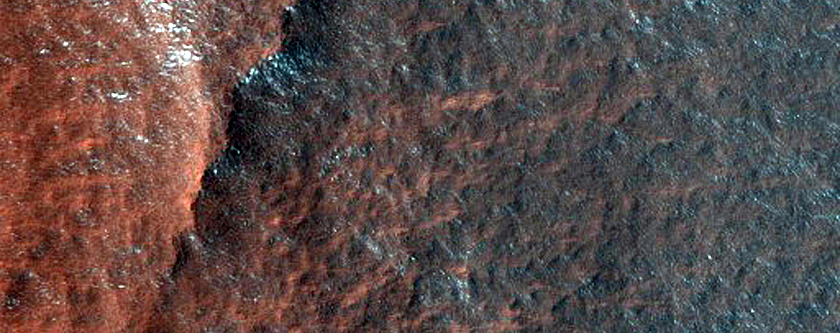
Image source: NASA
Scientists think this might have been pieces blown away by an impact
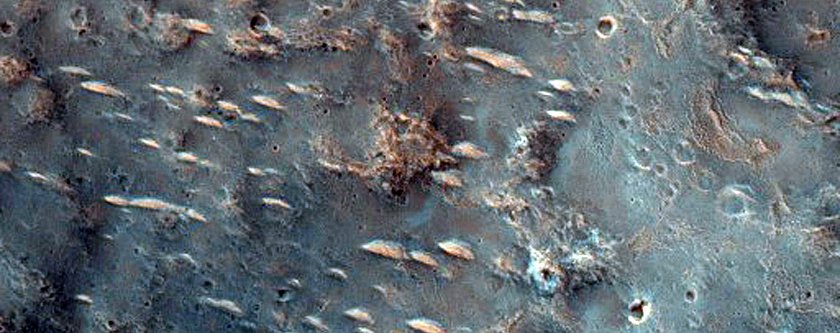
Image source: NASA
Search for Mars polar lander
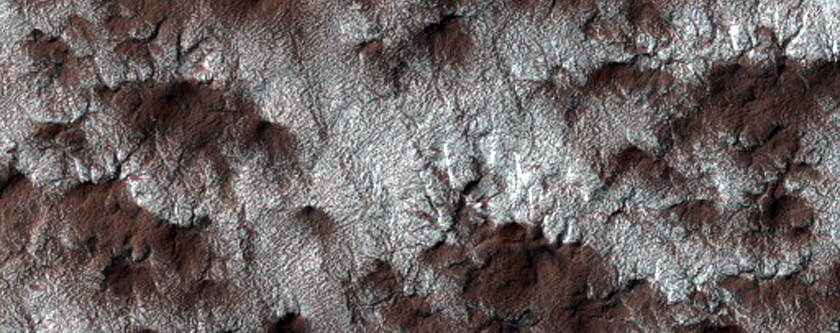
Image source: NASA
Monitoring of a slope
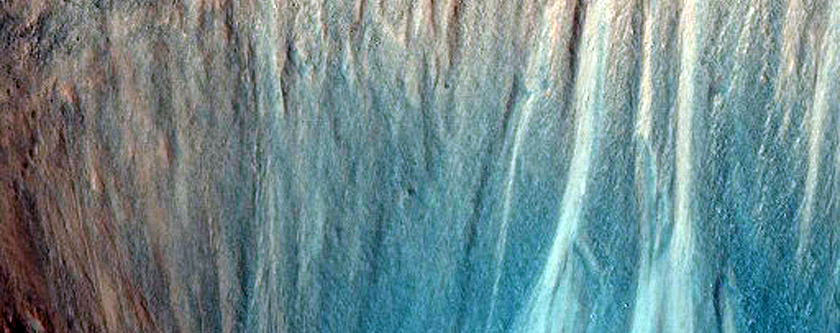
Image source: NASA
Some dark rust colored dunes in Russell crater
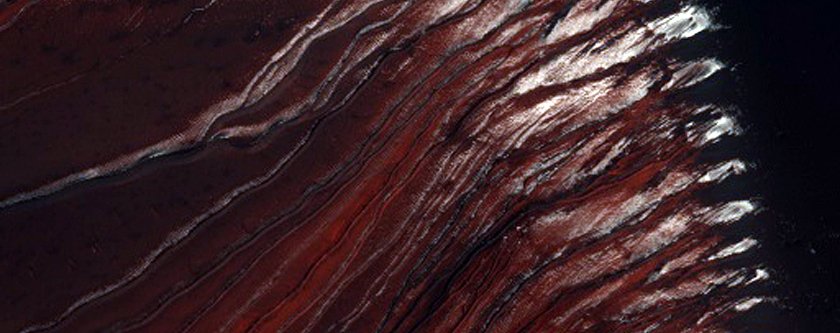
Image source: NASA
Spiders on mounds
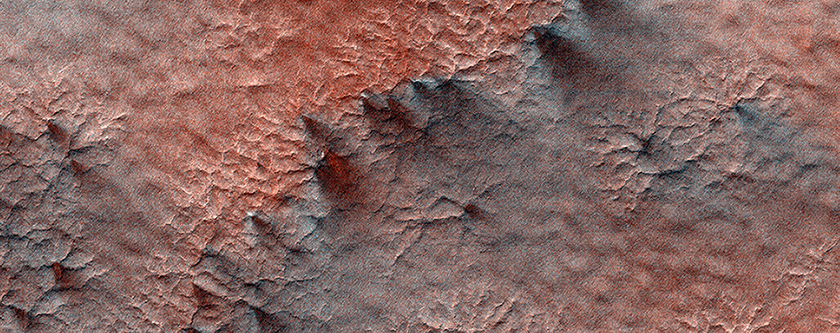
Image source: NASA
Those are not shadows. When buried dry ice turns to gas in warmer weather, it pushes up darker minerals to surface. Scientists call this location Inca city
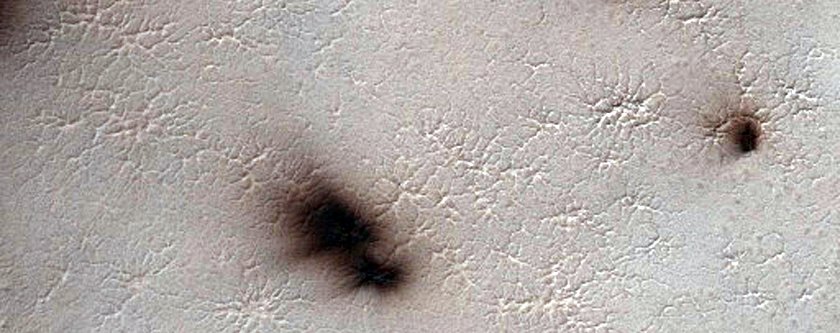
Image source: NASA
Wind shaped dunes on Mars crawl across cracked soil in Nili Patera. The green bar is leftover from processing the image
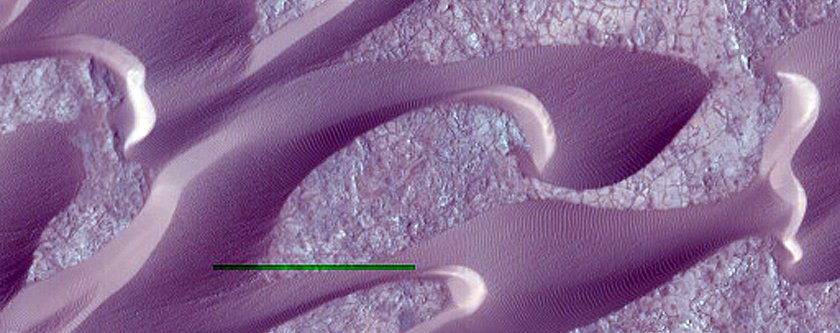
Image source: NASA
The same sand dunes in full color a couple of months later
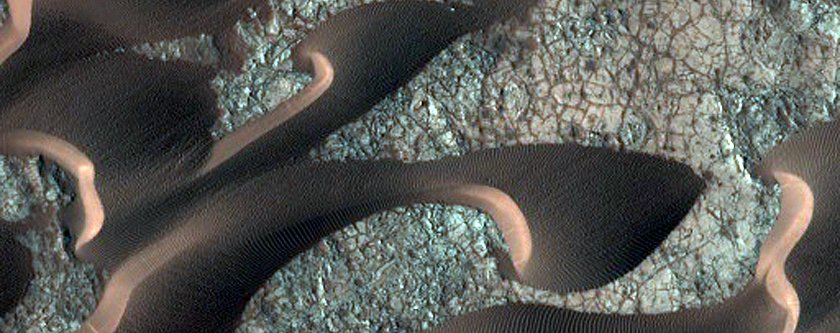
Image source: NASA
The creation of fans around dunes may help scientists understand seasonal changes on Mars
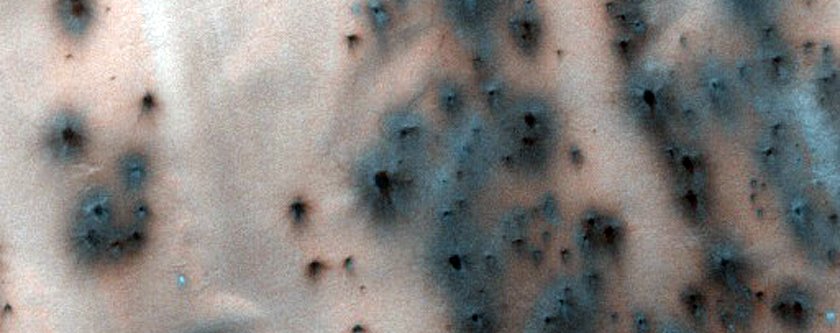
Image source: NASA
Steep slopes
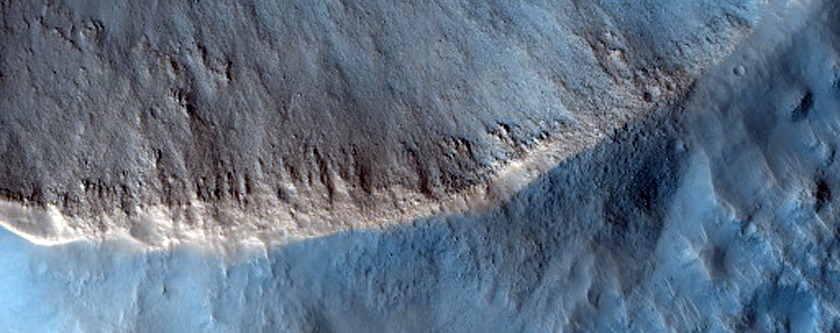
Image source: NASA
Crater near a region called Aonia Terra. Don’t you think it kinda looks like part of the Death Star?
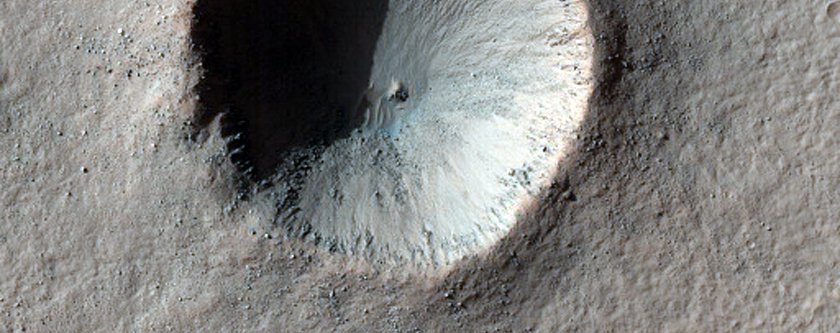
Image source: NASA
Dune field speckled with oval shaped mineral deposits
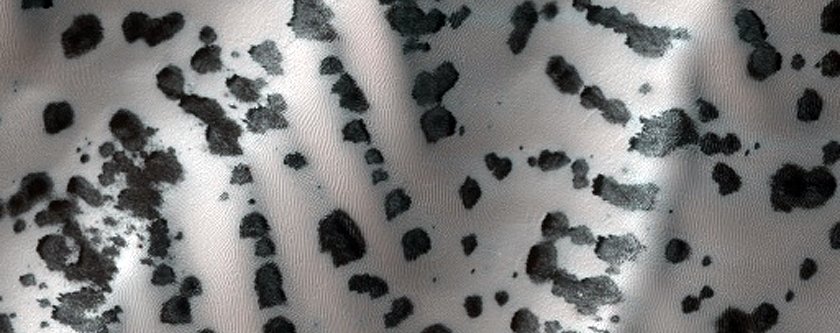
Image source: NASA
Ithaca
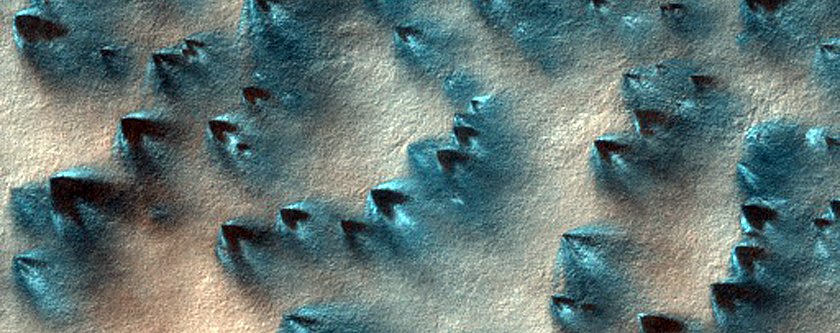
Image source: NASA
Well preserved impact crater
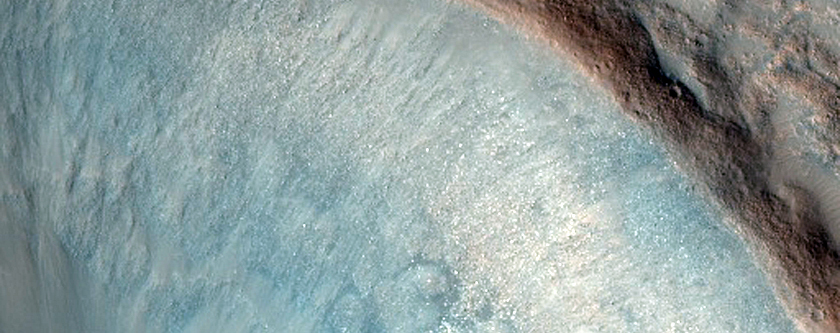
Image source: NASA
Pretty incredible, don’t you agree?
Image source: Kevin Gill/Flickr
